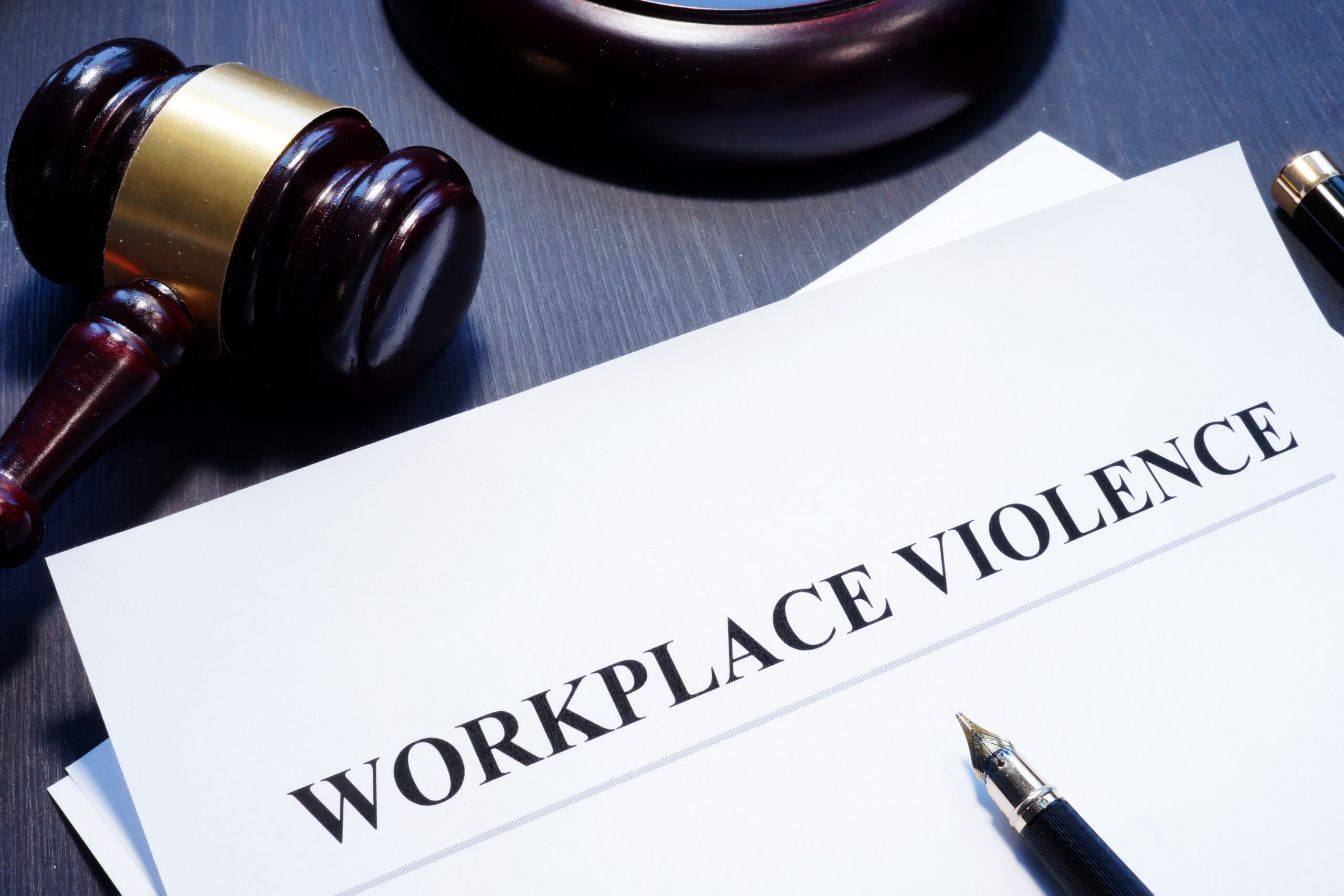risk management

February 1, 2024
Commercial Insurance Market Update 2024
The commercial insurance market began to harden around 2019, after years of gradual shifts that lead to higher premiums and reduced capacity. The overall hard market is expected to remain for the better part of 2024. Prior to the current conditions, the commercial insurance sector long enjoyed smooth sailing, with stable premiums and expanded coverage that continued...

January 25, 2024
Tailgating and Piggybacking
Tailgating and piggybacking are low-tech tactics used by malicious actors to enter secure areas. They occur when an unauthorized person gains physical access to a location with sensitive information or vulnerable IT equipment. These intrusions can have significant financial and reputational impacts on businesses, so it is essential for companies to take measures to prevent...

January 24, 2024
OSHA’s Top 10 Most Frequently Cited Construction Standards in Fiscal Year 2023
OSHA maintains records on the most frequently cited standards from worksite inspections for each fiscal year and compiles a list within particular industries. The latest records outline the top 10 standards cited within the construction industry during fiscal year 2023 (October 2022 through September 2023) and the total number of violations for each standard. By...

January 23, 2024
Best Practices for Return-to-Work Programs
One of the biggest components of workers’ compensation is an effective return-to-work (RTW) program. Eliminating injuries and illnesses is paramount for reducing workers’ compensation costs, but after an incident, an RTW program can significantly reduce workers’ compensation costs for employers and improve the lives of employees by getting them back to work when there is...

January 11, 2024
California Will Require Employers to Develop Workplace Violence Prevention Programs
On Sept. 30, 2023, California adopted Senate Bill 553 (SB 553), a bill that requires employers to establish a workplace violence prevention plan (WVPP), document incidents of workplace violence and train employees on how to identify workplace violence hazards by July 1, 2024. Affected Employers SB 553 applies to California employers. State law defines “employer”...

January 3, 2024
Workplace Safety Technology From a Vendor’s Perspective
The evolving workplace and role of the worker are top of mind for workers’ compensation stakeholders. One of the rising industry concerns about the shifting workforce and workplace is the potential impact to the frequency and severity of on-the-job injuries. As part of its ongoing dialogue with workers’ compensation stakeholders around the country, NCCI is often asked...

January 2, 2024
Six Trends Affecting Commercial Property Insurance
Commercial property insurance plays a critical role in protecting the assets of a business. In the event of a loss, this coverage can help businesses replace or rebuild their damaged or destroyed property and restore their operations in a timely manner. As such, it’s crucial for your organization to obtain an sufficient commercial property insurance...

December 29, 2023
Benefits and Risks of Rooftop Solar Panels for Commercial Properties
As solar rooftops become an increasingly common addition to commercial properties, businesses need to be aware of the pros and cons of this technology. While they can provide significant financial, environmental and reputational benefits, they can also present various risks, such as fire and structural hazards. They can also be susceptible to damage from several...

December 21, 2023
10 Tips for Winterizing a Business
Winter can significantly impact a business’s operations, so companies need to take appropriate steps to prepare for the challenges the season’s weather brings. This article provides 10 tips on how to winterize a business effectively. It is crucial for businesses to proactively address the risks of winter weather. For more information and risk management guidance,...

December 19, 2023
OSHA’s Safety and Health Bulletin on Safety Helmets in the Workplace
On Nov. 22, 2023, OSHA provided a Safety and Health Information Bulletin (SHIB) on the use of safety helmets in the workplace. The SHIB provides the key differences between safety helmets and traditional hard hats. The SHIB also describes the advancements in design, materials, and protective features that help to protect a worker’s entire head....
